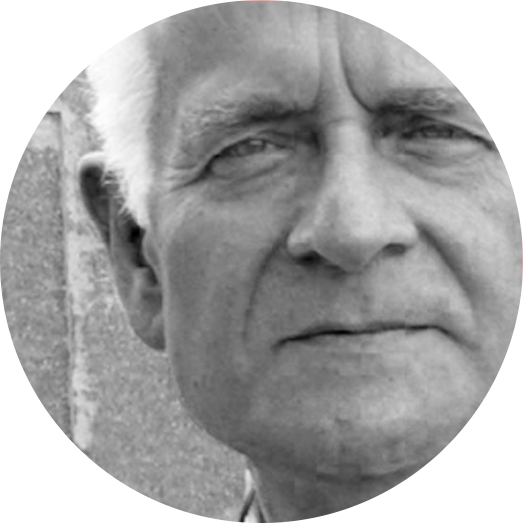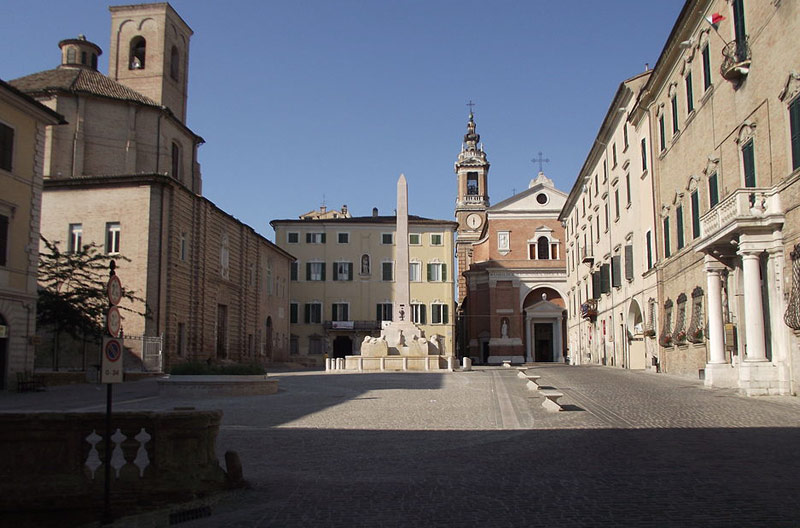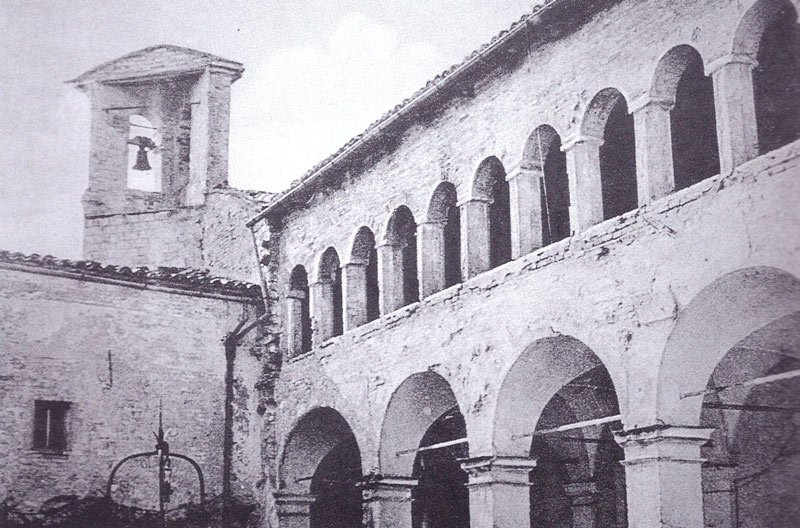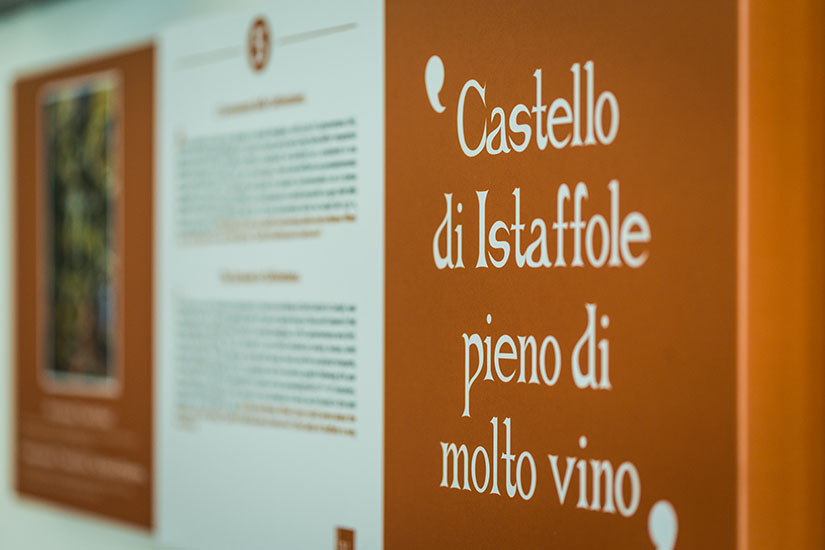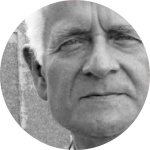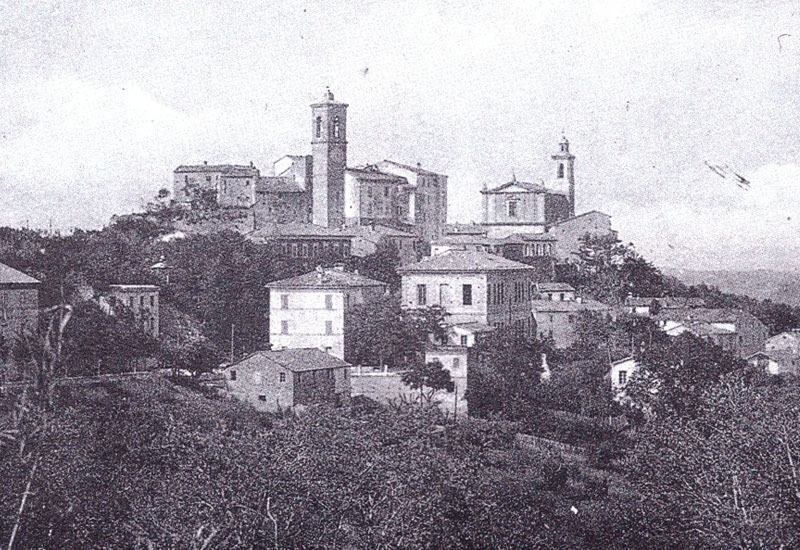
Ogni colle, un castello
By museosartarelli on 15 May 2018 in History
Non è una rarità la conformazione abitativa del nostro territorio, quello dei “Castelli di Jesi”, che da il nome al vino che vi si produce, sta di fatto che su ogni collina si erge un castello ma oggi, purtroppo, non lo notiamo quasi più. Con lo sviluppo che ha avuto il fondo valle, sia del fiume Esino che del Misa, l’intero territorio ha subito una trasformazione radicale. Fino ad un secolo e mezzo fa c’erano solo i castelli sui cocuzzoli delle colline o adagiati sulle propaggini delle loro sommità, le aree boschive erano molto estese e nelle parti più remote i monaci, già prima del X secolo, vi avevano costruito eremi, dimore e piccole chiese. Ma erano i castelli a dominare l’intero paesaggio. Si era costituiti come luogo di difesa e le cinte murarie ne costituivano baluardi sicuri. Il palazzo pubblico e le chiese furono i primi edifici in muratura all’interno del castello, le case in legno ben presto furono sostituite da costruzioni in pietra o mattoni, più solide dunque, segno di un’economia florida e aperta ai commerci. Si consolidarono le oligarchie famigliari e paesane che ebbero per secoli la direzione amministrativa e politica dei singoli castelli. Jesi li aveva dal Duecento sottomessi quasi tutti, unica era la legge, gli “Statuti” e unico lo stemma: il leone rampante messo sulla porta di ogni castello, segno di padronanza e di soggezione. Amministrazioni autonome ma legate a quella jesina con un “capitano” nominato da Jesi che vigilava, con tasse nettamente rispetto a quelle di Jesi. Gli “Statuti” privilegiavano con norme molto dettagliate ogni aspetto della vita politica e sociale ed economica, mentre le coltivazioni del grano, dell’olivo e della vite avevano una tutela particolare; forse anche per questo sulle nostre colline, che furono progressivamente disboscate, il grano, l’olivo ma soprattutto la vite, si impadronirono di aree estese. Così furono per secoli, come disegnate da un artista.
Riccardo Ceccarelli


